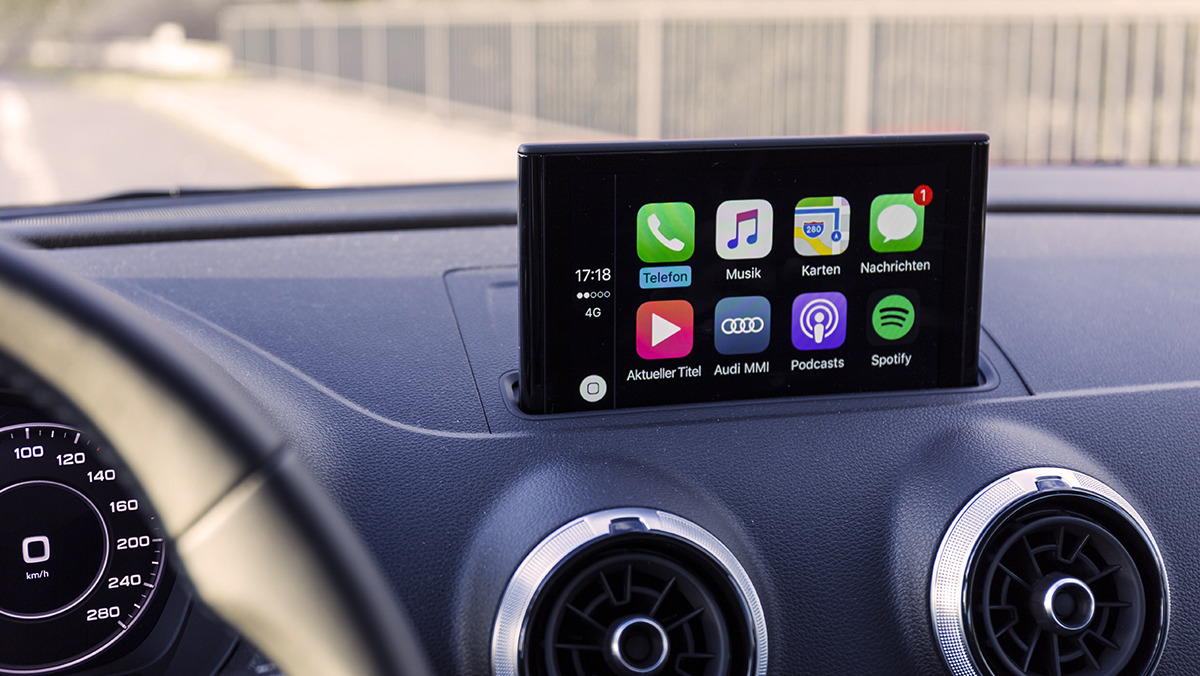
It went unnoticed by all but the most classic auto nerd (and even they probably could be forgiven for not knowing), but January marked the 66th anniversary of the unveiling of the Lincoln Futura, the one-of-a-kind concept car promoted by Ford’s Lincoln brand, hand-built at a cost of $250,000 ($2,400,000 in 2021), that was unveiled in 1955 as the “future of cars”. Nearly ten years later, the car was still ahead of its time enough to become the model for the original Batmobile for the legendary 1966 TV series “Batman”.
Today’s equivalent of the Batmobile is here, of course, in the latest EVs such as the Faraday Future FF91 or the likes of the Mercedes EQ. Each of these cars is a technical marvel. Consider the FF91, which uses facial recognition, voice recognition, and the person’s weight to tailor individual seat settings, including setting the right temperature and sound volume level. Each seat is 14-way adjustable with 4-way lumbar support; a “Spa Mode” that can change the lighting and audio; and, of course, there are zero-gravity seats.
While each of these projects is vastly different in many respects, the through-line for each is that the user experience needs to be branded to the specific car.
Apple CarPlay is not your car’s brand
When people buy a car – especially a luxury car – they’re buying into a brand, and they’re buying a lifestyle. When you buy a Bently, that’s because you are buying into traditional luxury. Another person might buy a Tesla to make an environmental statement. Or for those that want tech-maximalism, they might be attracted to something like an FF91 from Faraday Future. Each of those automakers has invested in a branded user experience. They, unfortunately unlike a lot of auto brands, recognized early on that it’s not good enough just to use third-party UX like Android Auto or Apple CarPlay UX.
Why don’t more auto brands create their own UX? One of two reasons: they simply won’t commit to the investment, or perhaps more likely, they don’t think their design team can create one that’s better than Apple or Android.
If it’s done well, a proprietary interface is going to be much better because it’s built for that brand. It knows that the physical attributes of the car better, it knows it can interact with the physical properties of the car better so you get a fuller picture of what’s actually going on with the car and, thus, integrate technology with the physical car much more seamlessly. You can’t do that with Apple CarPlay because it just sits on top of your car’s tech.
Personalize the driving experience
I get it: It’s hard to build a proprietary experience, it’s a long-term investment. But it needs to happen. While the auto industry spends liberally on reams of market research showing why certain demographics like certain brands and specific models (and how best to reflect that back to consumers in their advertising); what they need to do is develop a user experience that makes driving more personal.
Personalized car experience may sound like the domain of only luxury cars, but General Motors announced recently that it was expediting plans to invest in electric vehicles, spending $27 billion by 2025 in an effort to be a global leader in EVs. That investment needs to include the user experience that’s best for your brand. The technology needs to express that as well.
What does that mean in the real world? Think about the car’s ability to be preconditioned (turned on, warmed up, music is chosen and route planned) and creating tech that identifies patterns based the way most GPS apps can. Also, the UX can help address the stressors that come with using an electric car, including range anxiety (drivers worry about battery life and where they can easily recharge) as well as issues related to whisper-quiet driving, one-speed transmissions, and regenerative-braking functions that can all be strange for drivers new to electrics.
Car brands, perhaps more than any other category, hold a certain place in the hearts of some. For many, being a Ford guy or GM guy means something and it’s powerful. Personally, it’s why I drive a Jeep. I like the lifestyle and the brand reflects that. It’s why most people choose a specific car brand. Even on a small budget, people will always choose a brand that reflects their personality, their aspirations at some level. The technology needs to reflect that too.
You may not want to drive today’s version of the Batmobile, but you still want the cool features that come with it. While it may seem daunting, smart, branded tech in autos will always be a game-changer that brings and keeps customers.
Cover image source: Pixabay